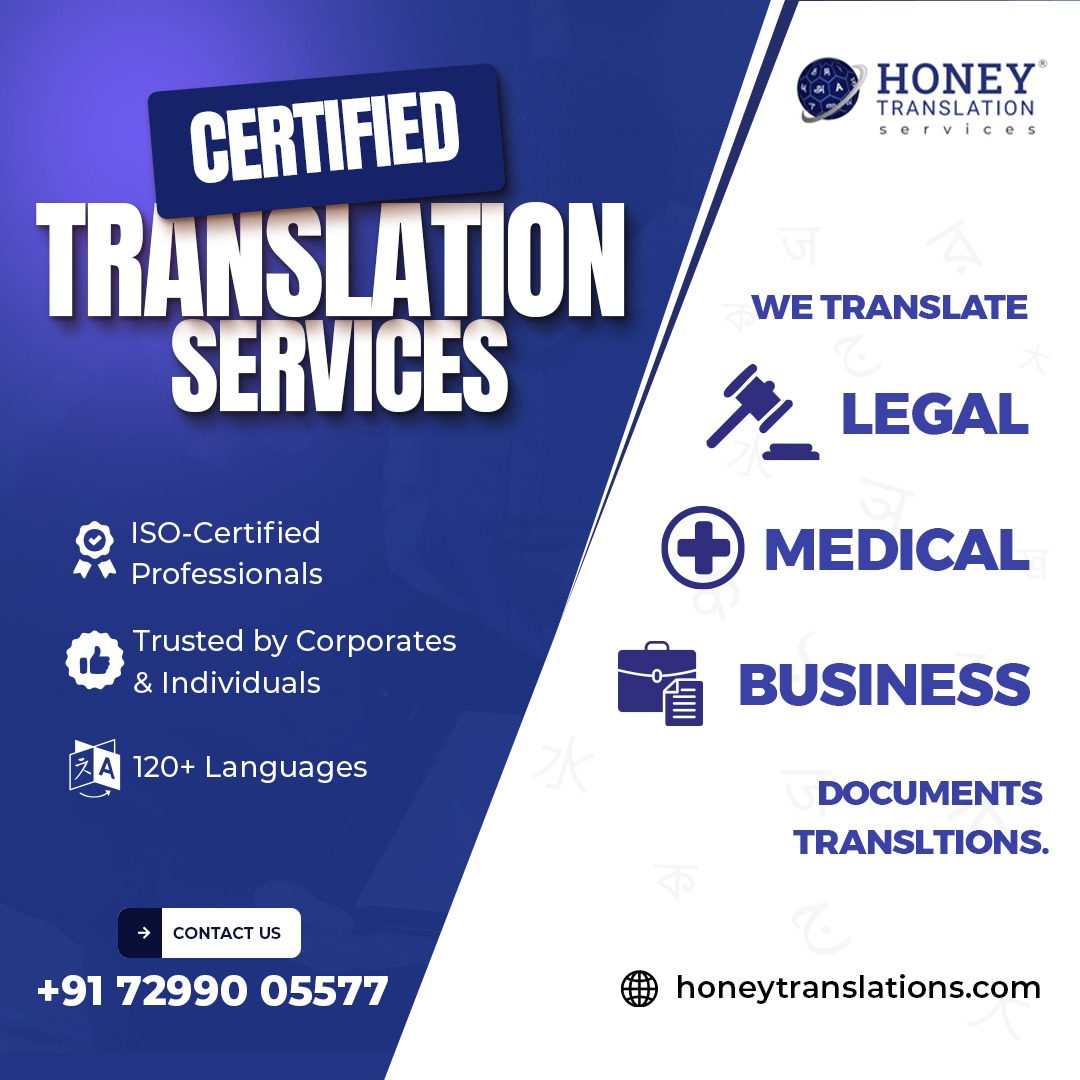Voice over is an essential part of modern multimedia—used in commercials, films, eLearning, podcasts, corporate videos, and more. While it may seem as simple as “talking into a mic,” delivering a high-quality voice over involves far more skill and preparation than most people realize.
In this blog, we’ll explore the top voice-over challenges and how professional voice artists overcome them to deliver powerful, polished audio every time.
Maintaining Consistent Voice Quality
- Challenge: Long recording sessions or multiple takes can lead to voice fatigue, tone variation, or inconsistent energy levels.
- Solution: Professional voice artists take care of their vocal health. They warm up before sessions, stay hydrated, and schedule breaks to avoid strain. They also use high-quality recording equipment and sound-treated studios to maintain audio consistency throughout the session.
Pronunciation and Accent Clarity
- Challenge: Mispronunciations or inconsistent accents can confuse listeners or weaken your brand’s credibility, especially in technical or multilingual projects.
- Solution: Pros do their research. Before recording, they study proper pronunciation, clarify brand names, and may even work with native language consultants for accuracy. They are trained to adopt or neutralize accents based on the project’s needs.
Emotion and Tone Matching
- Challenge: Delivering the right emotion—be it excitement, empathy, authority, or calmness—is one of the toughest aspects of voice over work.
- Solution: Voice over professionals are trained actors who study the script’s context and adjust pitch, pace, and emotion to match the brand or character. They take direction well and can provide multiple tone variations for client review.
Noise and Technical Issues
- Challenge: Background noise, mic pops, echoes, and low-quality recordings can make even the best voice-over unusable.
- Solution: Pros record in acoustically treated studios using high-end microphones, pop filters, and audio interfaces. They also rely on post-production tools to clean and polish the audio for commercial use.
Script Adaptation and Pacing
- Challenge: Some scripts are written for text—not for spoken delivery—and can sound unnatural or rushed when read aloud.
- Solution: Voice artists work closely with scriptwriters and clients to adapt content for audio. They ensure proper pacing, breathing, and emphasis, especially in explainer videos, training modules, and ads where timing is critical.
Matching Audio to Video
- Challenge: Syncing voice overs with visuals in video content (lip sync, timing cues, or background music) can be tricky.
- Solution: Professional voice actors use time codes, visual cues, and audio engineering techniques to match narration perfectly with on-screen elements. This is especially important for dubbing and animated content.
Final Thoughts
Voice over work is much more than reading lines—it’s an art that combines performance, technical precision, and linguistic expertise. While amateurs may struggle with vocal consistency, tone, or audio quality, professional voice over artists tackle these challenges with training, tools, and talent.
If you’re serious about quality, don’t leave your voice overs to chance. Choose a professional voice over service that delivers studio-quality audio, expert delivery, and industry-specific precision—every single time.
Need professional voice-over services for your next project?
We offer multilingual voice-overs, native-speaking talents, and fast turnaround for ads, training, videos, and more.
Contact us today for a free voice sample and quote.


